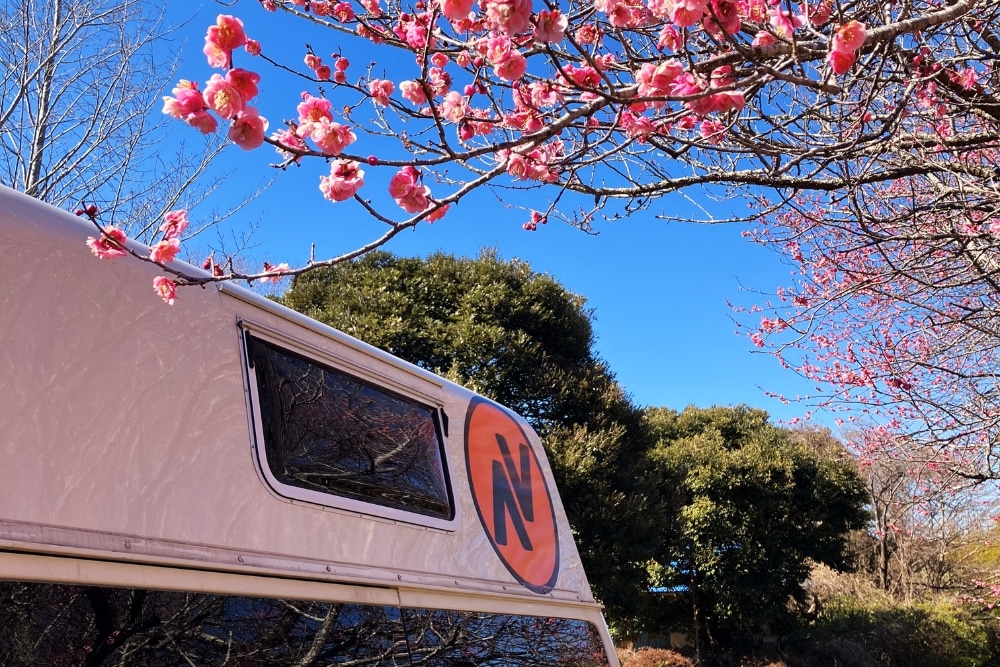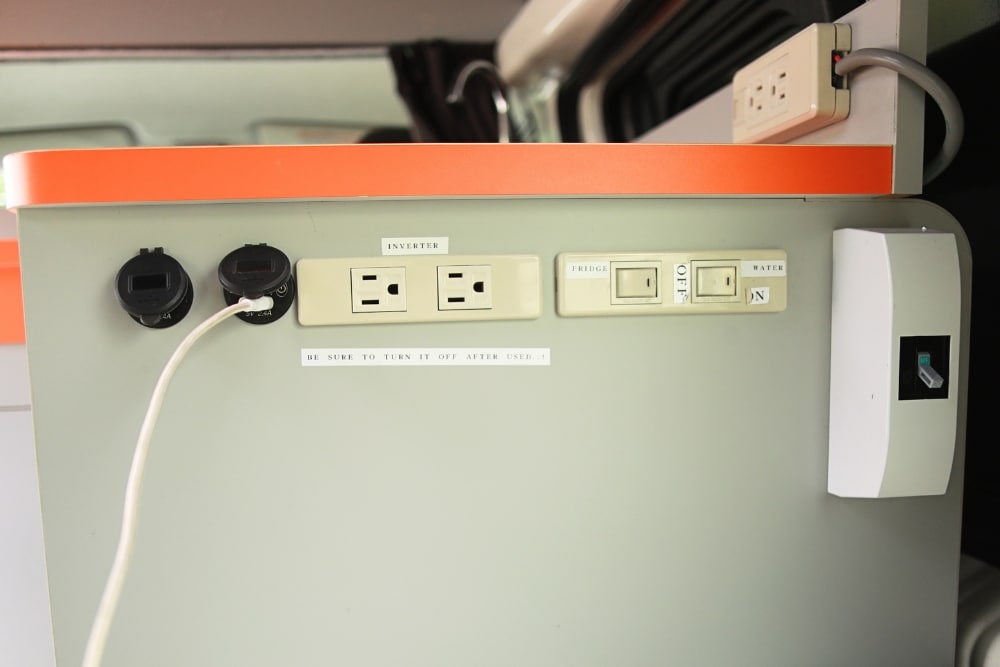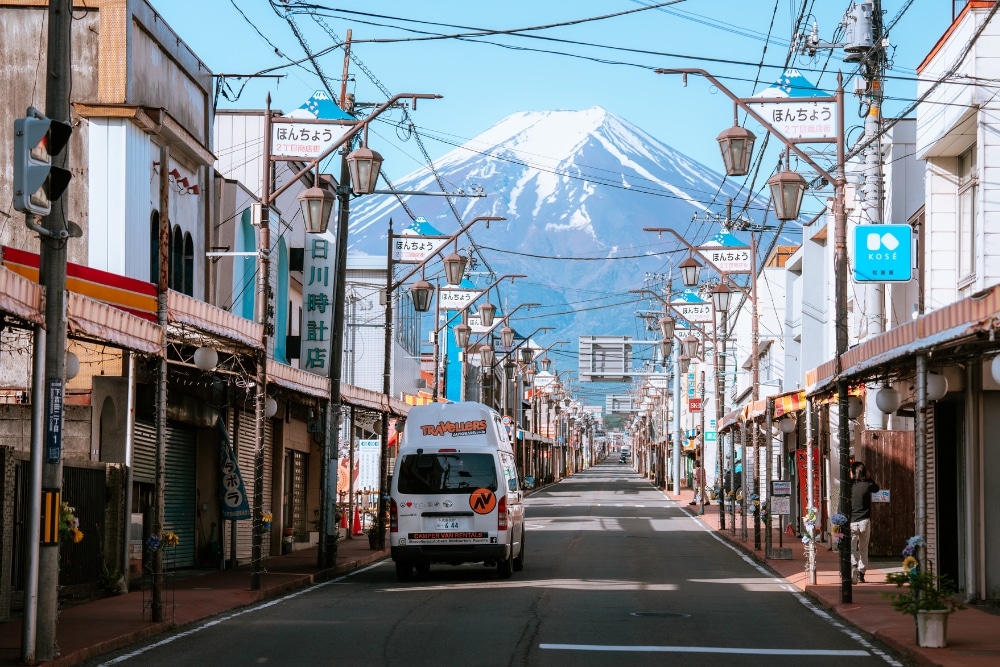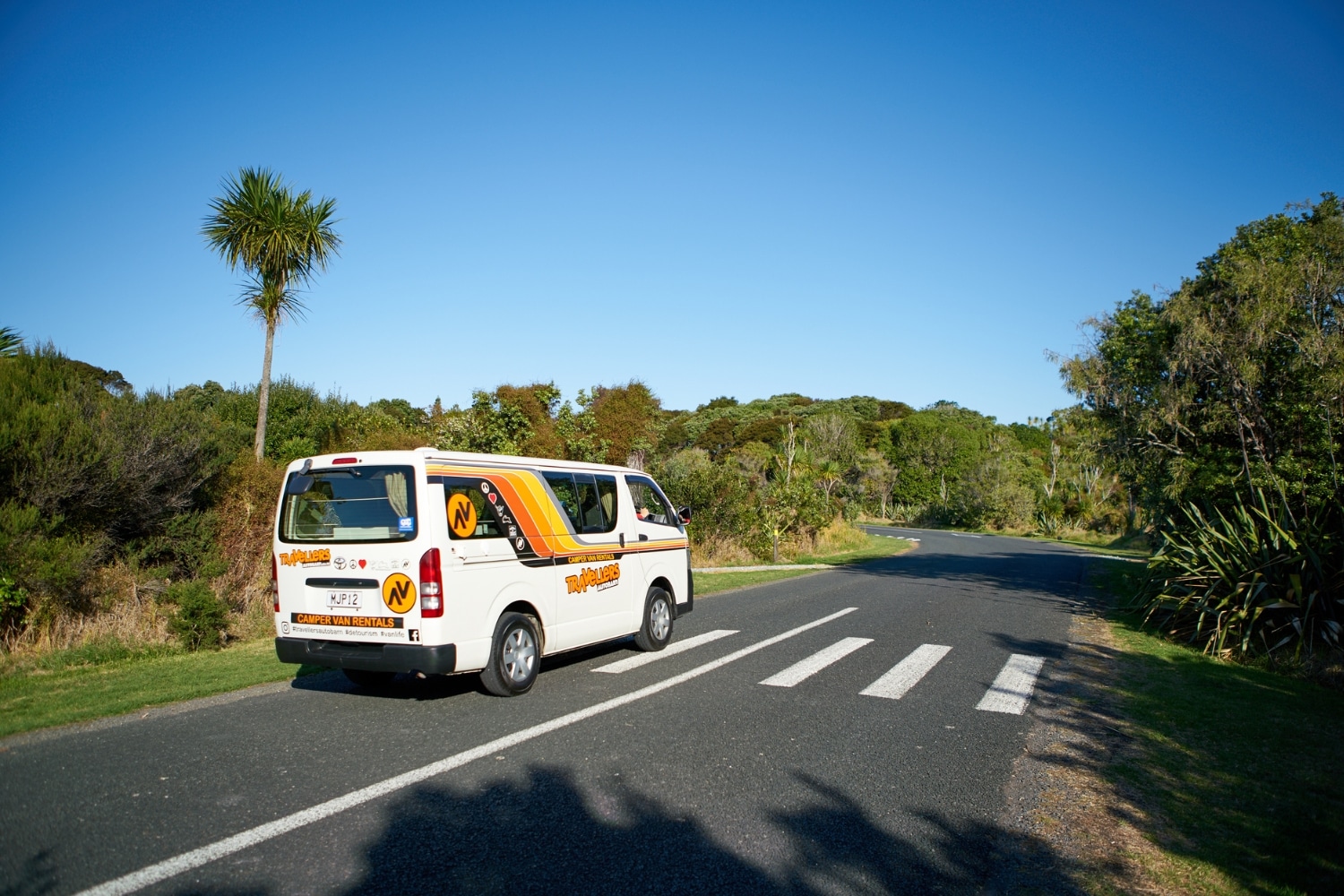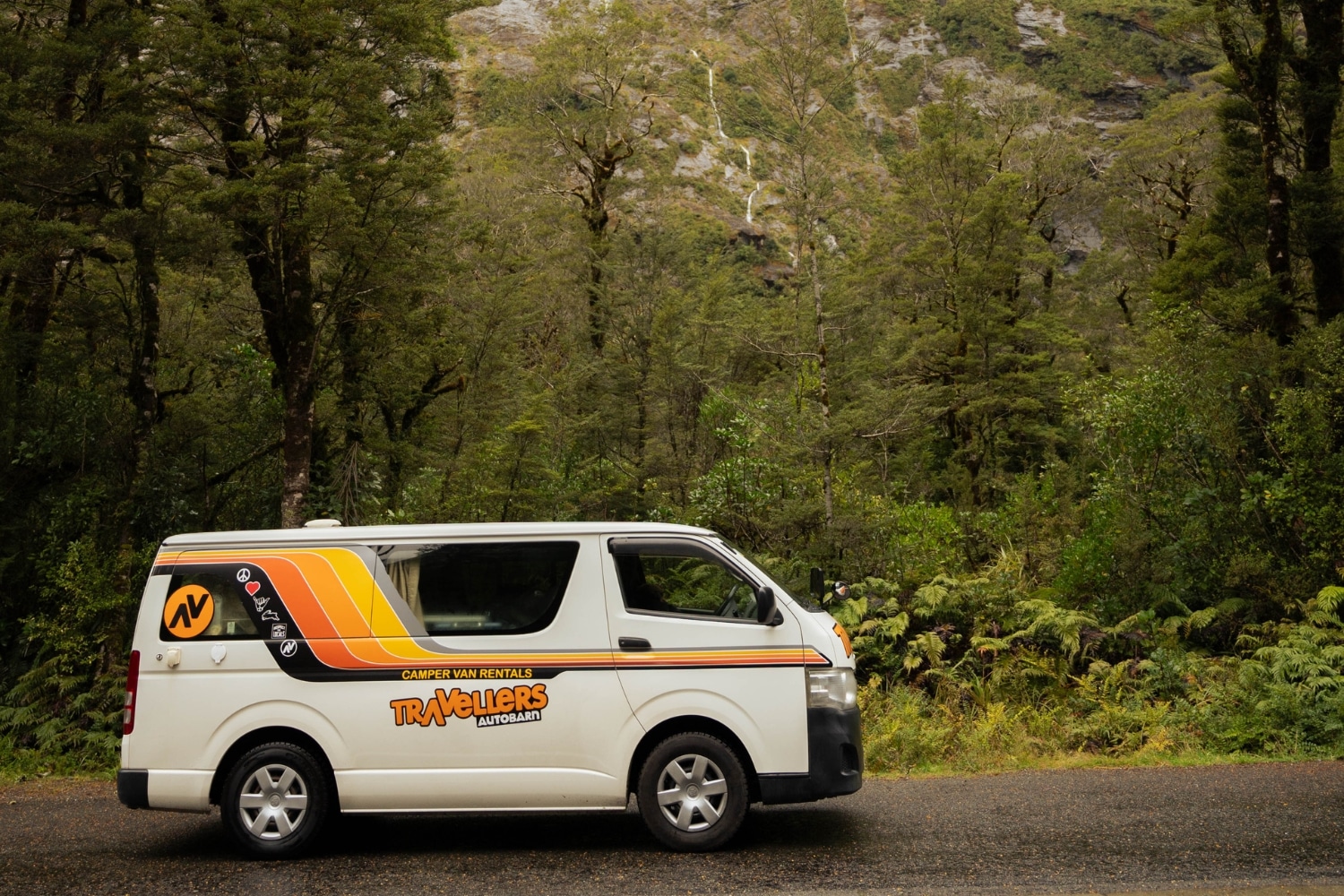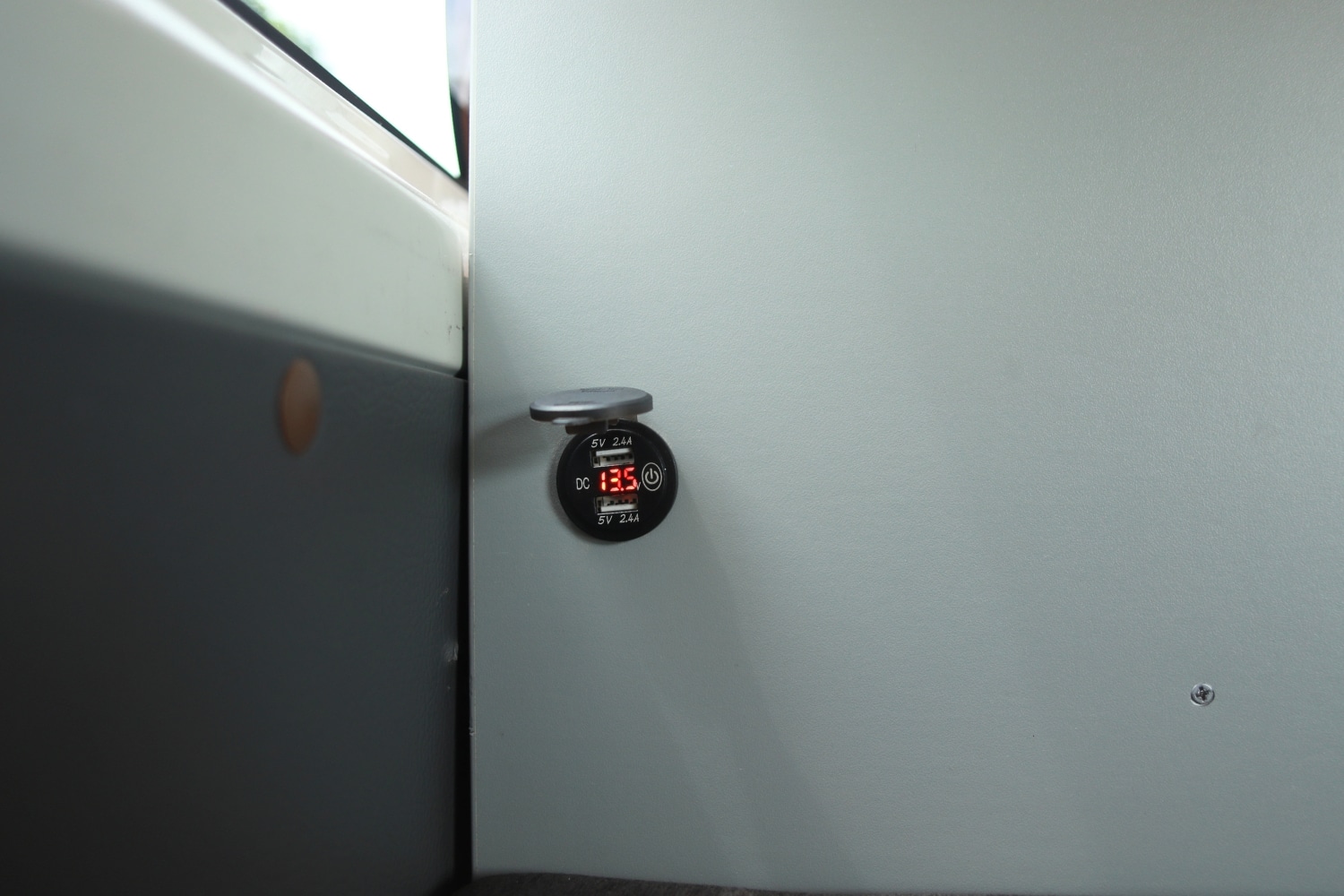In Japan, cherry blossoms (Sakura) bloom every spring. People gather around the cherry blossoms to enjoy viewing and admiring the blossoms. There are countless beautiful Sakura viewing spots throughout Japan. Blooming season varies from region to region, generally from late March to May. Since each place has a different atmosphere, It will be joyful ride to visit several places with a campervan.
Sakura Culture and History in Japan
Sakura trees are well known for their brilliance, delicacy, and ephemeral beauty. It has been widely loved in the world of literature, poetry, and art, and they have strong ties to Japanese history and culture.
In folklore, Sakura was revered by farmers as a tree where the god of rice paddies dwelled. It has also been valued as a calendar to help farmers understand the subtle changes in the seasons each year.
By the Heian period (794-1185), people began to appreciate Sakura everywhere, and Sakura trees were used in ceremonies and events. Sakura were mentioned in the Manyoshu (Anthology of Myriad Leaves) of the Nara period (710-794), and were first mentioned as a symbol of spring flowers in the Kokin Wakashu (Anthology of Ancient and Modern Japanese Poetry) of the Heian period (794-1185), and it is assumed that the culture of cherry blossom appreciation was born during this period.
Although Sakura viewing(Hanami) was enjoyed mainly by aristocrats, in the Kamakura and Muromachi periods(1185-1573), the scope of this event expanded to include the warrior class, especially famous were the “Yoshino Hanami” and “Daigo Hanami” organized by Toyotomi Hideyoshi.

Why have cherry trees been loved in Japan? According to Norinaga Motoori, a Japanese scholar of the Edo period (1603-1868), Sakura blossoms represent the Japanese spirit of “Mono No Aware”, as they bloom all at once and fall in the blink of an eye.
Many people nowadays would find that seeing Sakura blossoms, which bloom only once a year in Spring, the season in which a school year end in Japan, brings back memories of School graduation and entrance ceremonies and be nostalgic .
In modern Japan people seem to have a unique way of enjoying the Sakura, with a leisure sheet spread out under a cherry tree, enjoying some foods and sake, and enjoying the lively atmosphere with many people.
How to enjoy Sakura
There are two ways to view Sakura: visiting the viewing spots in the city or visiting the Local spots throughout Japan. It is a great pleasure to “love” the Sakura blossoms along with the unique scenery of the area, such as the magnificent landscape that spreads out around you, or the way they blend in with the historical townscape of samurai residences, etc.
Some of the best place to visit Sakura Viewing with Campervans
HOKKAIDO: Nijukken Road Cherry Blossoms
The road is named for its width of 20 ken (36 m). The history of the road dates back to 1903, when it was built as a road for the royal family to visit the Shinkan Pasture, which was established in the Hidaka region in 1872.In 1916, the ranch employees of the time spent about three years transplanting about 3000 Ezo-yamazakura cherry trees from the neighboring mountains to both ends of the road, giving it its present appearance. Cherry trees grow in a straight line for about 7 km. It has been selected as one of the 100 best roads in Japan.
Address: Shizunai Tahara, Shinhidaka-cho, Hidaka-gun, Hokkaido
AOMORI: Hirosaki Park
Hirosaki Castle, the former residence of the lords of the Hirosaki Clan, was opened to the public in the Meiji period (1868-1912). The spring scenery with the existing castle tower built in the Edo period and cherry blossoms is beautiful and one of the most popular in the Tohoku region. The Someiyoshino cherry tree in Ninomaru was donated by a former feudal lord in 1882 and is said to be the oldest in Japan. In addition, there are more than 400 Somei-Yoshino trees that are over 100 years old. The illuminated scenery at night is also worth seeing.
There is no parking in Hirosaki Park, so you will need to use the temporary free parking lot or a nearby toll parking lot. Fujimibashi temporary free parking lot is open during the Hirosaki Sakura Festival.
Address: 1 Shimoshiroganecho, Hirosaki, Aomori
Hours:9:00am~5:00pm
TOKYO: Shinjuku Gyoen
A quiet and spacious park that belies the hustle and bustle of Shinjuku with its rows of skyscrapers, the park was originally built in 1590 as a feudal lord’s residence, and was established in 1906 as Japan’s first imperial garden. Approximately 1,300 cherry trees of 65 varieties are planted, and visitors can enjoy the flowers for more than two months from February to April. There are several coin-operated parking lots around the park, so it is recommended to park your car there and take your time to explore the park.
Address: 11 Naito-cho, Shinjuku-ku, Tokyo Hours:9:00am~4:00pm Monday Closed
TOCHIGI: Nikko Kaido Cherry Blossom Road
The Nikko Kaido is a 16-km road that runs from Utsunomiya City to Nikko City. The road is famous for the longest row of cherry trees in the world, with approximately 1,500 yamazakura cherry trees bloom beautifully when they are in full bloom, creating a tunnel of cherry blossoms. This historical road lined with cherry trees was used by many people during the Edo period as one of the five highways, and its beauty is well worth seeing. Driving through the tunnel of Sakura blossoms by car is especially special from mid to late April. The sensation of driving through a flurry of blossoms is like a dream!
Address: 3 Kamitomatsuri, Utsunomiya, Tochigi to Yamaguchi, Nikko, Tochigi 5 minutes from Utsunomiya IC on Tohoku Expressway
OSAKA: Osaka Castle
Osaka Castle was built by Toyotomi Hideyoshi in 1583. The surrounding area is a vast park of historical sites, and numerous important cultural properties remain, including the Otemon Gate. The city park was rebuilt in 1931 with the castle tower as its centerpiece. The huge stone walls, deep moat, and 3,000 cherry trees create a beautiful harmony. The Nishinomaru Garden, where approximately 300 Someiyoshino cherry trees are in bloom, is famous for its nighttime cherry blossom viewing. Large parking lots are spread out around Osaka Castle Park.
Address: 1-1, Osaka-jo, Chuo-ku, Osaka, Osaka
Cherry blossoms in Japan have long been loved by people and have colored their lives. By traveling on a campervan, you can enjoy the seasonal flowers at your own pace while taking in the scenery of each region. We invite you to take an unforgettable trip in a Travellers AutoBarn Japan campervan.
About the Author
Mayumi
I love nature and travel. I have lived and traveled in some countries and seen many cultures. I would love to share stories of Japan so that visitors can learn more about this wonderful and unique culture and have an unforgettable and enjoyable trip.





